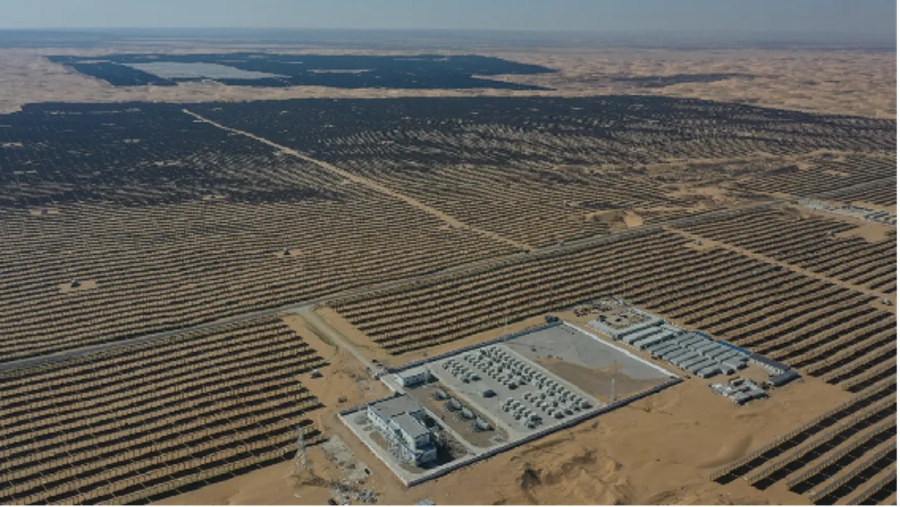San Diego county opts for new battery storage standards after fires

San Diego’s Board of Supervisors has unanimously voted to direct officials to establish development standards for siting battery energy storage system (BESS) projects in what are known in California as unincorporated areas, or regions not governed by a local municipal corporation.
The standards are set to include, at minimum, rules on where BESS systems can be located, with incentives to locate or co-locate BESS projects in commercial or industrial zones. Importantly, safety requirements are to be legislated for thermal runaway, fire and explosion risks, emergency response, hazardous materials, toxic gases and noise. In addition, aesthetic designs are to be made standard.
The Country assigned $1.25 million to establish the standards. No exact timeline was provided for the standards to be drafted.
In addition, at a future meeting of the Board, a discussion will be held to possibly temporarily halt new storage applications for 45 days. A California statewide bill was signed in October 2023 in response to BESS fires, requiring emergency response plans to be made in coordination with local emergency response agencies.
In November 2021, the San Diego County Board of Supervisors voted unanimously to shorten the approval process for battery storage projects located in industrial areas, shortening approvals from four months to two months.
According to the California Energy Commission, from 2018 to 2024, battery storage capacity in California increased from 500 MW to 10,383 MW, with utility storage making up 8,736 MW, when measured during April, 2024.
An additional 3,800 MW is set to be commissioned by the end of 2024. California’s 2045 goal is 52,000 MW of storage, making progress at 20%.
Unintended consequences
The San Diego County Board of Supervisors were quoted by a local news outlet as being motivated by concerns over recent fires at BESS sites Otay Mesa and Valley Center.
On May 15, 2024, a fire at the Gateway Energy Storage Station in Otay Mesa in San Diego, once the world’s largest storage battery at 250 MW/250 MWh, burned for 11 days, with two re-ignitions following an initial blaze. A large fire requiring evacuations occurred at the Valley Center Energy Storage Facility, a standalone 139 MW energy storage project, in September, 2023.
Local residents were quoted as saying that the issue was about concerns around toxic fumes and locating BESS projects within residential neighborhoods.
Jen Lebron, spokeswoman for San Diego Community Power, told Times of San Diego it was important to ensure that guidelines don’t have unintended consequences.
“A blanket moratorium on battery storage could have a chilling effect on the potential projects that are necessary to reduce the cost of power procurement, which could have a significant impact on families and businesses in the region,” she said.













